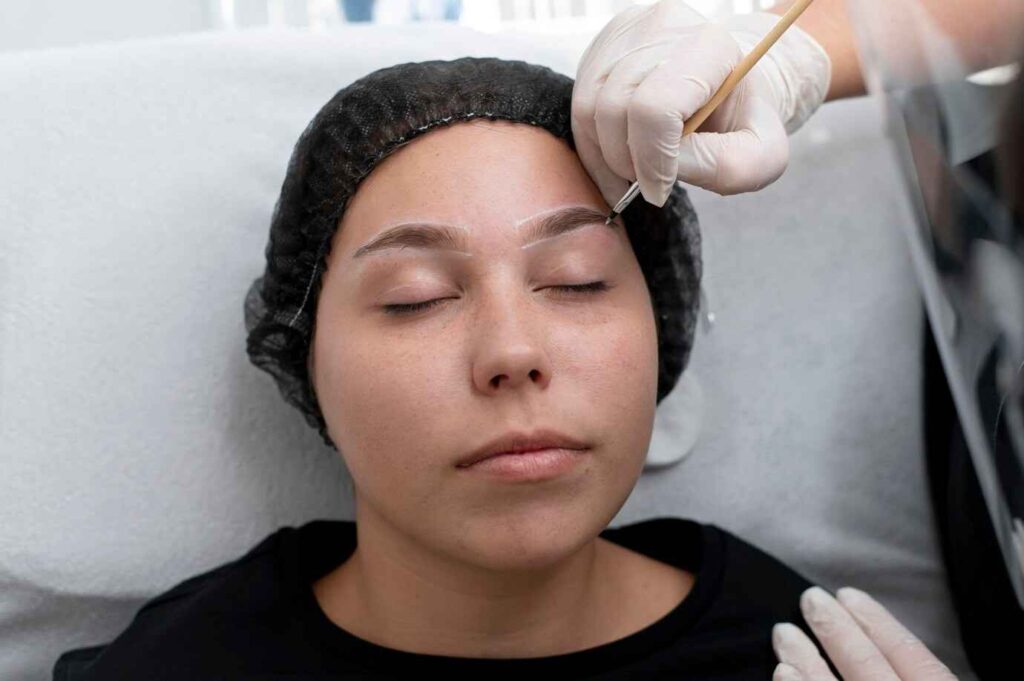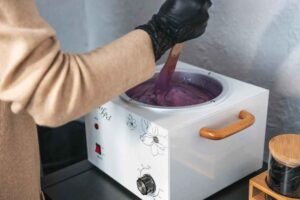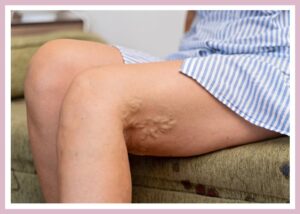How to Ensure the Best Results from Your Eyebrow Hair Transplant

An eyebrow hair transplant is an excellent solution for those seeking to restore their eyebrows to a more natural and fuller state. Whether due to over-plucking, thinning hair, or scarring, this procedure provides a permanent fix by transplanting healthy hair follicles to the eyebrow area. However, to ensure the best possible results, a comprehensive approach is required, which includes not only choosing a reputable clinic but also understanding the key aspects of the transplant procedure and its aftercare.
In this article, we will explore the essential steps to achieving the best results from your eyebrow hair transplant, along with the importance of a nurse-led procedure in ensuring success.
What Is an Eyebrow Hair Transplant?
An eyebrow hair transplant is a procedure designed to restore lost or sparse eyebrow hair by transplanting healthy follicles from another part of the body, typically the scalp. This method helps to create natural-looking, fuller eyebrows, tailored to your facial features. The procedure is often done using the FUE (Follicular Unit Extraction) technique, which ensures precise placement of individual hair follicles, allowing the eyebrows to grow in a natural direction.
Although the process is straightforward and minimally invasive, achieving optimal results depends on several factors, including the skills of the surgeon, the method used, and proper post-operative care.
How to Ensure the Best Results from Your Eyebrow Hair Transplant
Choose a Qualified Specialist with a Nurse-Led Procedure
One of the most crucial steps to achieving excellent results from your eyebrow hair transplant is selecting a clinic with an experienced surgeon and a skilled team. A nurse-led procedure is an excellent choice as it ensures that trained nurses assist throughout the process. From preparing the transplant area to the post-operative care, nurses bring essential expertise and attention to detail, enhancing the quality and success of the procedure.
The surgeon’s experience is important, but the supporting medical staff plays an equally vital role in ensuring precision and proper management throughout the transplant. Nurses also help manage post-procedure recovery, ensuring the process runs smoothly.
Understand the Technique Used for Your Eyebrow Transplant
The FUE technique is widely used for eyebrow transplants due to its minimally invasive nature. Understanding how this technique works can help you feel more confident about the procedure. During an FUE eyebrow hair transplant, individual hair follicles are extracted from the donor area (typically the back of the scalp) and carefully implanted in the eyebrow area. The surgeon will place the follicles at specific angles to mimic the natural growth direction of eyebrow hair.
Knowing the technique used will help set realistic expectations for the results. Discuss with your surgeon how they plan to design and shape your eyebrows, considering your facial features and personal preferences.
Follow Pre-Procedure Guidelines
In the days leading up to your eyebrow hair transplant, your clinic will provide a set of pre-procedure instructions to follow. These guidelines are critical to ensuring the best outcome. Some common instructions include:
- Avoid taking blood thinners, such as aspirin, to reduce the risk of excessive bleeding.
- Refrain from smoking, as nicotine can reduce blood flow and hinder the healing process.
- Arrive with clean skin, free from makeup or lotions on the eyebrow area.
These pre-procedure steps help prepare the skin and body, ensuring the procedure can be performed as efficiently as possible.
Take Care of Your Eyebrow Area Post-Procedure
Proper aftercare is essential to the success of your eyebrow hair transplant. Immediately following the procedure, you must take care to protect the newly transplanted follicles and allow them to settle properly. Here’s what you need to do:
- Avoid touching or scratching the transplant area to prevent dislodging the follicles.
- Cleanse the area gently, following your surgeon’s instructions, using only the recommended products.
- Avoid direct sun exposure on your eyebrows during the healing process. UV rays can cause damage to the newly transplanted follicles.
- Do not use makeup on the eyebrow area until fully healed, as makeup can irritate the sensitive skin and cause infection.
A nurse-led aftercare program ensures that you receive consistent, tailored care after the procedure, including follow-up appointments to monitor your healing and results. Nurses will provide professional guidance on managing any discomfort and help answer any questions regarding the recovery process.
Be Patient During the Healing Process
After the transplant, the initial results may not be visible right away. The transplanted hair may shed within the first few weeks, which is a normal part of the process. New hair will start growing back in around 3 to 6 months, and full results are typically visible within 12 months.
Patience is essential, as the process can take time. During this period, it is important to continue following your aftercare instructions and attend all scheduled follow-up appointments.
Avoid Excessive Physical Activity
To promote healing, it’s essential to avoid strenuous physical activities, such as heavy lifting or intense exercise, for the first few weeks following your eyebrow hair transplant. Activities that cause excessive sweating or strain can interfere with the healing process and cause complications.
Following these restrictions will help ensure that your newly transplanted follicles are not disturbed and that the eyebrow hair grows smoothly and evenly.
Why Choose a Nurse-Led Procedure for Your Eyebrow Hair Transplant?
A nurse-led procedure offers added expertise and support throughout your eyebrow hair transplant journey. Nurses are highly trained professionals who play a vital role in ensuring the procedure is carried out precisely and that post-procedure care is handled correctly. They assist the surgeon in ensuring that every follicle is implanted correctly and provide vital aftercare guidance, which is crucial for a successful outcome.
With a nurse-led approach, you can feel confident that your procedure will be conducted with the highest standards of care, making the recovery process smoother and your results more satisfactory.
Conclusion
An eyebrow hair transplant is a transformative procedure that can significantly enhance your appearance by restoring natural, fuller eyebrows. To achieve the best results, it’s essential to choose the right clinic, understand the procedure, follow pre- and post-operative guidelines, and have realistic expectations.
A nurse led procedure ensures that the process runs smoothly, providing the additional support needed to maximise the results. With the right approach, your eyebrow hair transplant will restore your brows to their natural beauty and provide you with long-lasting results.






